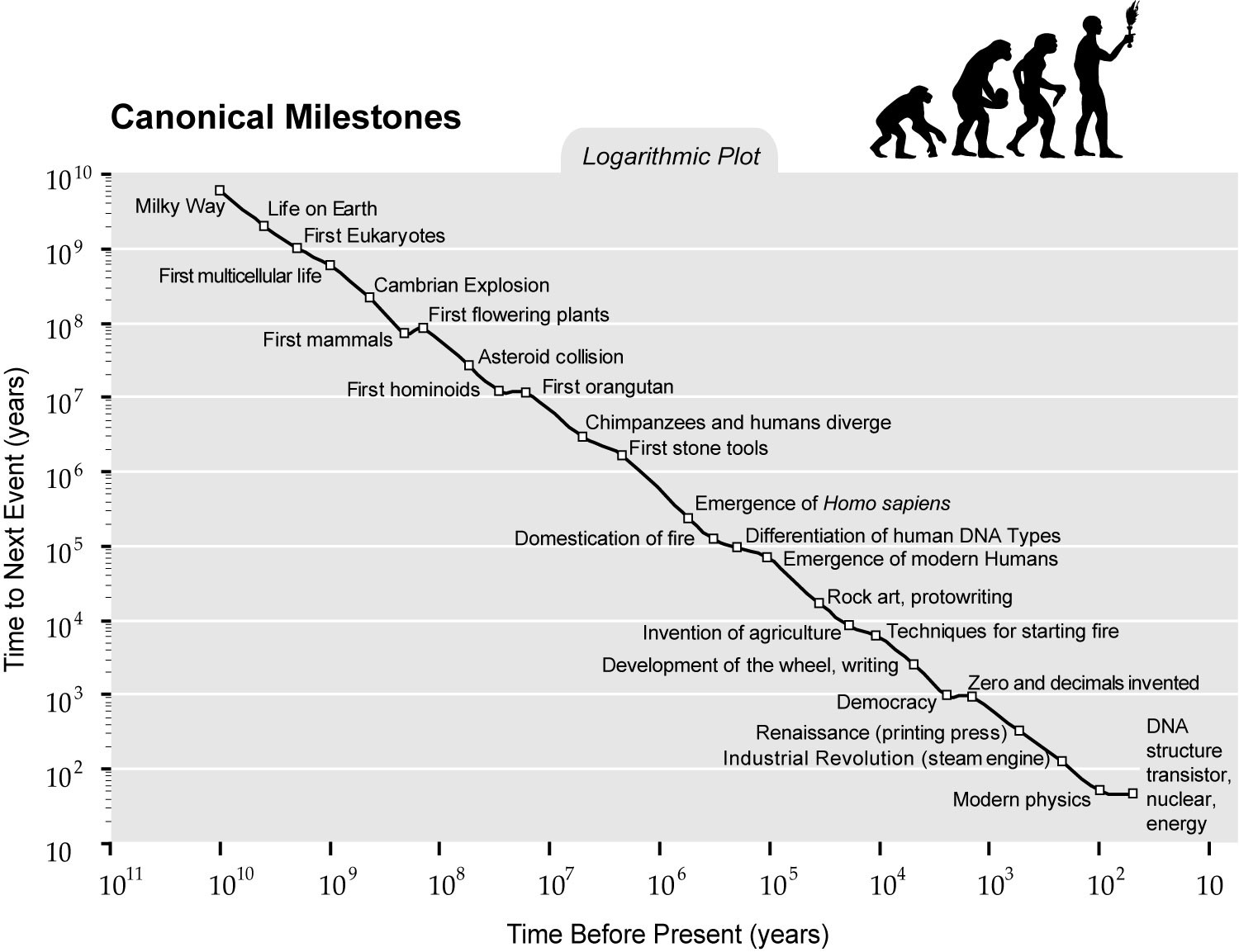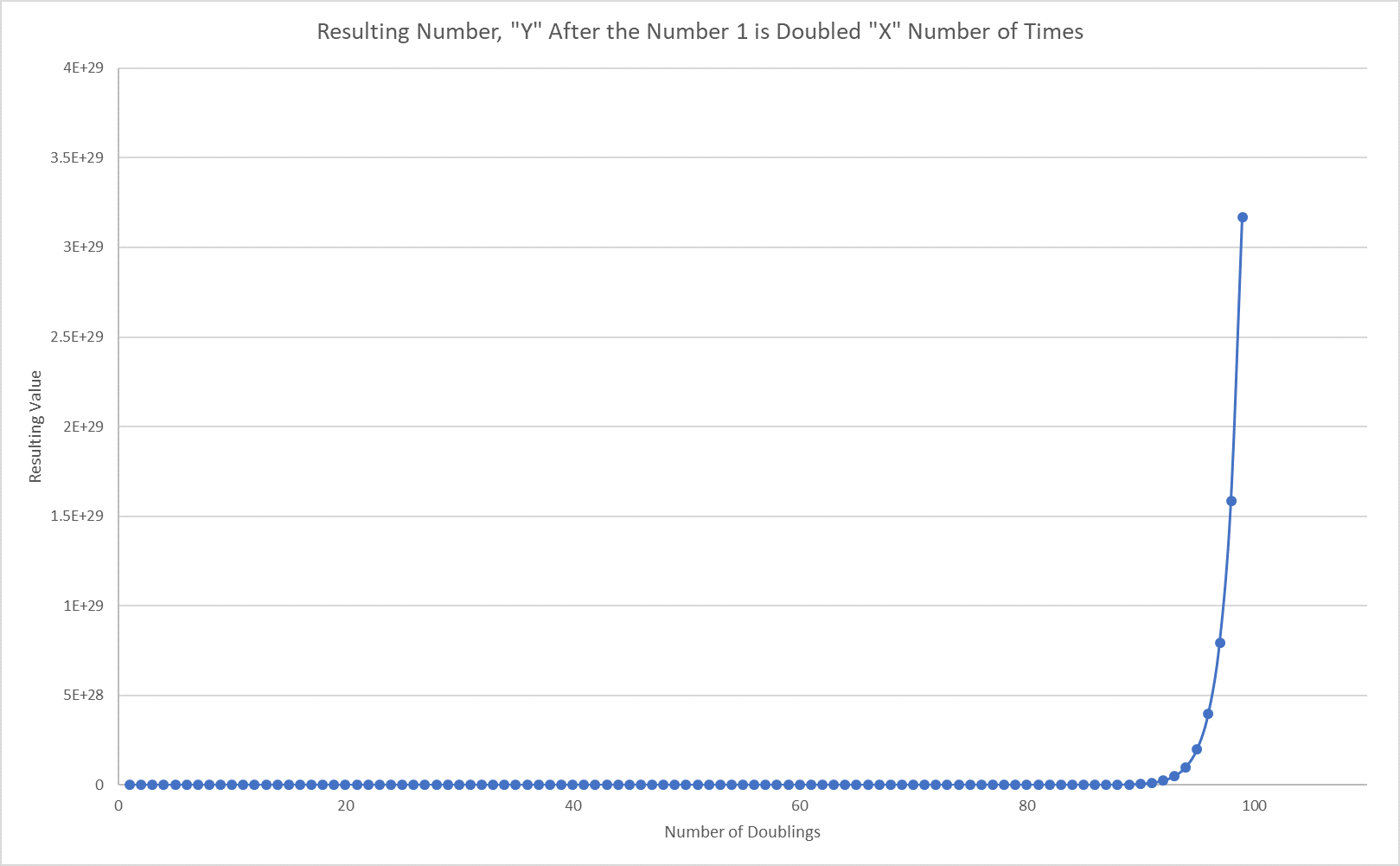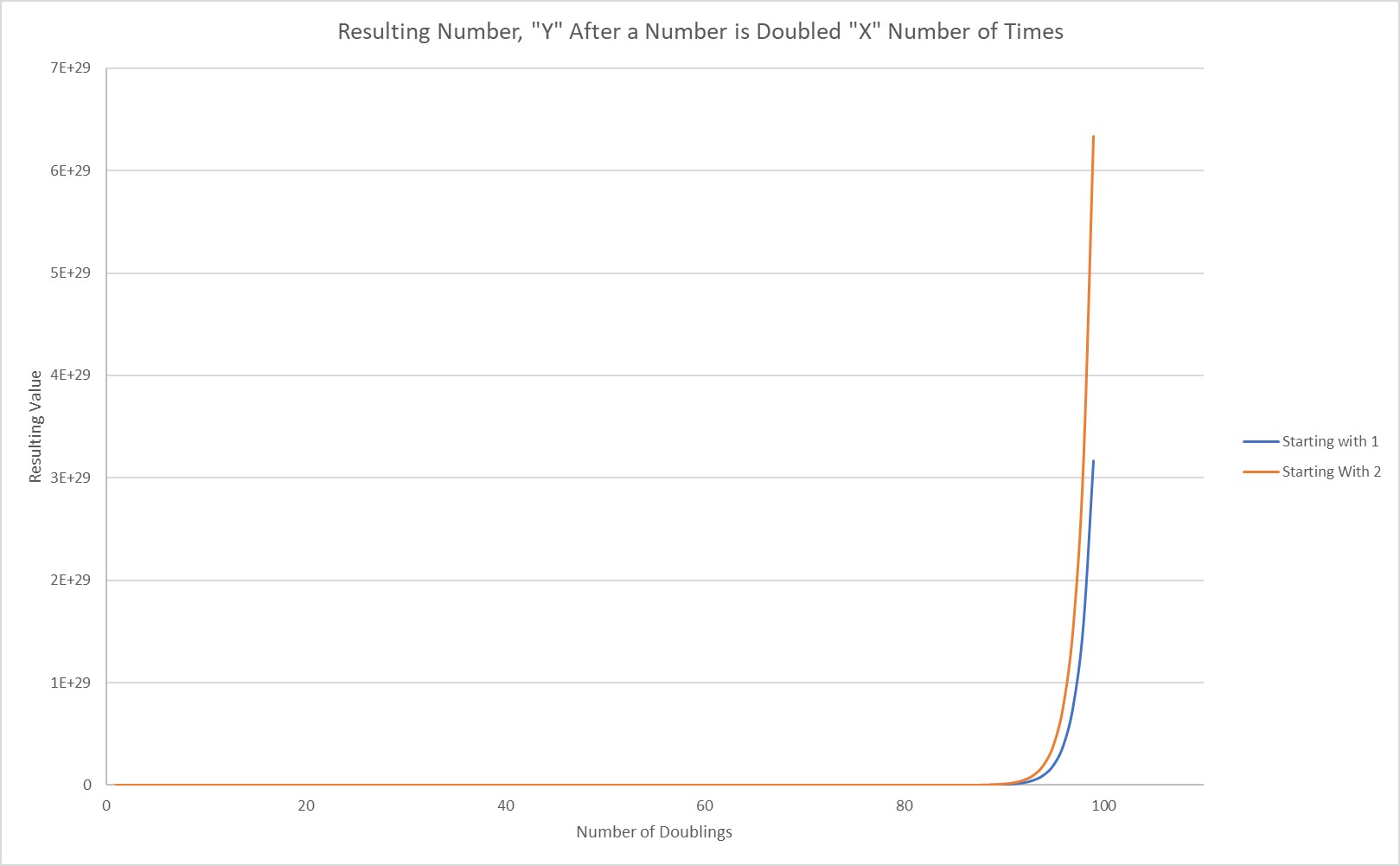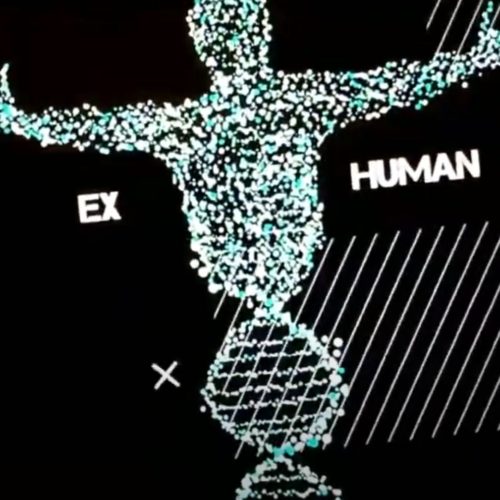Is the Singularity Steering us Toward the Greatest Inequality in History?
Jared Leidich / Op Ed
Posted on: December 13, 2017 / Last Modified: December 13, 2017

The basic idea of the technological singularity is simple: the rate at which technology progresses increases as time moves forward. If we believe the technological singularity is happening, then we as a species should inspect its impact on human equality. This phenomenon is pushing our human ship toward a waterfall of technological innovation. Is it also pushing open the gaps between people, classes and whole societies?
The basic premise of the singularity can be seen using a graph of major technological advancements throughout the history of our species on Earth. Check out the now famous graph below, most often credited to Theodore Modis, showing major turning points in “canonical milestones.” On the x-axis is the amount of time that has gone by since an event has occurred, and on the y-axis is the amount of time separating that event from the one before it.
The thing that is really shocking about this graph is somewhat hiding in plain sight: it’s plotted on a log-log scale, meaning both axes are logarithmic or increasing by factors of ten at each interval. So, what looks like a nearly straight line is a shockingly explosive exponential progression. If plotted on a standard graph, it would look like virtually everything important occurred within the last fraction of the graph after a relative eternity of almost nothing happening.

The “canonical milestones” Modis described are the critical learning points for all humankind. However, we can apply this same philosophy to how technological advancements affect each human, on an individual level.
Some simple math: exponential progressions change at a changing rate. Depending on the progression (and certainly in the case of human knowledge) this tends to lead toward explosive growth at some point. A simple exponential curve that represents this phenomenon is a doubling function. For example, say you had a pond with lilies in it and the number of lilies doubled every day, regardless of the boundaries of the pond or any nutrient needs. On the first day there would be one lily. On the second day there would be 2 lilies. After a week there would be 64 lilies. After 10 days the pond would be full. After 54 days the entire earth (that’s 197 million square miles) would be covered in lilies.
Similarly, technology appears through many verifiable metrics to be on a doubling schedule; the amount of knowledge or capability in a field doubles in a fixed and repeatable amount of time. In the most famous case of Moore’s law, the price performance of a computer chip doubles about every two years.
If we graph a simple doubling function it looks like the one below. It’s explosive. This curve would be the actual shape of any one of several technological correlations that have been studied, minus the nicks and bumps. Without special scaling it’s clear that the line looks unchanging until right at the end where it breaks upwards.

If another curve is added to this graph with just a small difference in starting point, the disparity created by small differences after an explosive growth surge can become apparent. The blue graph starts with the number “1”, and shows the resulting values as it is doubled 100 times (1,2,4,8, etc.). The orange curve starts with “2” and is doubled in the same fashion (2,4,8,16, etc.). After 100 doublings, the resulting difference between the two final numbers (blue vs. orange) is a mind-boggling difference of 1.27 x 10^30 power. That’s more than a million, million, millions. Tiny changes at the beginning of an explosive progression equate to gargantuan differences at the explosive part of the progression.

If technology, and human knowledge, are on an exponential growth cycle resembling a doubling function, and we are in the explosive part of our growth cycle, then tiny variations in human equality now are liable to turn into big variation in human equality soon.
You, the reader, are probably decades ahead of most of the people in the world in your personal technological progression, but no doubt well behind some people too.
For me personally, this resonates. I can feel my advantage growing against the underprivileged, while the gap between me and the advantaged grows too. I have access to the internet all the time, carrying all human knowledge in my pocket. I soak in information at a voracious rate, literally double than before, as I listen to podcasts about breaking news at 2X playback speed. At the same time, however, I feel overwhelmed. Because for everything that I learn, something new happens that I can’t grasp or access. The tech elite is amassing databases about me that I don’t have access to. As they gather data, the algorithms get smarter and collect data faster and organize it better. I fall behind.
As a specific example, I’ll put some concrete (albeit hypothetical) numbers to this problem. If we assume the most advanced technologists on the planet are 200 years ahead of the most primitive, and spread that difference out amongst all the nearly 8 billion people in the world, the technological gap between any person and their closest technological peer would be very small (about 0.8 seconds, to be specific). If it is assumed that a person’s technological state is doubling every two years, like Moore’s law, then in one lifetime of 80 years (doubling 40 times) the technological difference between those two people will grow to equal more than 1,000 of today’s years.
Like the dots on a polka-dot balloon spreading away from each other as it inflates, exponential growth should cause the gaps between all of us to grow. The difference between now and the past is that we are in the explosive part of the progression where one could theorize a “make or break” moment is coming for individuals; the math seems to be telling us that most of the world isn’t coming into the black hole with the techies and the machines they’re creating. Am I going to make it?
It’s undeniable that people in the developing world are being exposed to technological advancements later than the developed world. What isn’t intuitive, but may be markedly more impactful is that those gaps in technological adoption may be liable to explode in size in the coming years if we don’t act. People in sub-Saharan Africa are a decade behind the developed world in their ubiquitous adoption of internet-enabled smart phones. What aren’t they learning and knowing now that will slow their adoption of information in the future?
We as a species need to act. Explosive growth explosively amplifies disparities. Of course, no one knows what is going to happen in the coming years. Whatever happens though, we should work to bring technology to those who don’t have it. We should work to keep information free. We should work to keep our brothers and sisters on the boat.
About the Author:
 Jared Leidich is an aerospace engineer and author. He has flown on NASA’s microgravity aircraft, built and tested space suits, and sent parts to orbit and the stratosphere. He led the suit team that brought Alan Eustace on the highest balloon flight and skydive of all time and wrote the preeminent account of that project, The Wild Black Yonder. He works for World View Enterprises developing their Stratospheric descent systems.
Jared Leidich is an aerospace engineer and author. He has flown on NASA’s microgravity aircraft, built and tested space suits, and sent parts to orbit and the stratosphere. He led the suit team that brought Alan Eustace on the highest balloon flight and skydive of all time and wrote the preeminent account of that project, The Wild Black Yonder. He works for World View Enterprises developing their Stratospheric descent systems.








